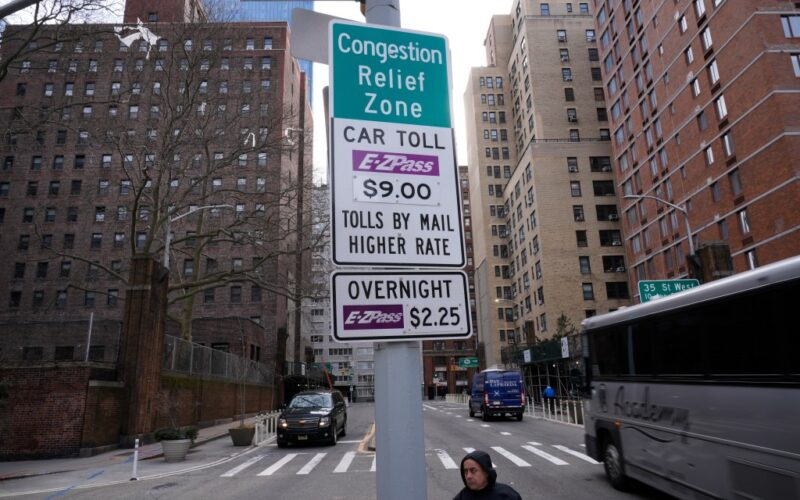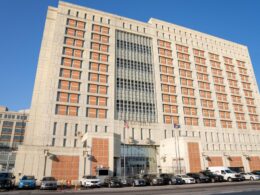Not long ago, my family was seriously considering leaving New York City.
We live in Jackson Heights, where our son attends a great local school and we’re surrounded by the kind of energy and diversity that made us want to raise a family here. But like many families, we were growing frustrated with the quality of life, particularly public safety. While these conversations usually focus on violent crime, we had a much bigger day-to-day safety concern: traffic.
I have an 11-year-old son who walks to the bus stop every morning. When he leaves the house, my biggest fear isn’t “stranger danger” — it’s an angry driver blowing through an intersection as he crosses the street. That fear is not unfounded: New Yorkers are far more likely to get hit by a car than shot by a gun.
So when I transitioned jobs last year, my wife and I had a choice. For the first time, we had the freedom to move anywhere, even going so far as to scout other cities where crossing the street doesn’t feel like a game of chicken. We would have left immediately if not for our son being in school. Instead, we wondered why a global leader like New York hadn’t caught up with more livable, people-first cities.
Congestion pricing always seemed like a step in the right direction. I supported it for years as the proposal moved in and out of policy conversations, but it always seemed beyond reach. So when the program finally launched last January, it came as a relief. After so much political gridlock, it felt like the leadership we had been waiting for and a glimpse of our city’s ability to transform in a more fundamental way.
Most importantly, the impact was immediate. In the congestion relief zone, traffic injuries are down 14%, bus trips are up to 10 minutes faster, and even complaints about honking are down nearly 70%. Meanwhile, the 10 million fewer vehicles that have entered the Central Business District since the start of the program are helping New Yorkers breathe easier.
As a result of this huge improvement in the city’s quality of life, my family has been spending more weekends taking transit into Midtown. We shop and get lunch, go birding in Central Park, and ride Manhattan buses now that they move faster than two miles per hour. All of this is a paradigm shift from viewing the city as a place to get out of whenever possible.
And while most of the focus is on Manhattan, I can speak from experience that the ripple effects throughout the city are real. I used to work in Midtown and traveled by bike over the Queensboro Bridge, which was a traffic nightmare extending three, even four blocks up Crescent St. The same was true for the Queens-Midtown tunnel and in Astoria, where my son buses to school.
But thanks to congestion relief, Crescent St. traffic has been decimated, the area around the tunnel feels safe to walk around, and I no longer worry about my son’s morning commute.
Ultimately, these changes were the progress we needed to see to stay in the city we love most — not to mention giving us confidence that our leaders care about our family. And when our elected officials took decisive action, so did we: not only did we get to keep our son in school with his friends, but I decided to build my own business here and have since rented a new office space in Long Island City, helping drive economic growth for our community.
Because that’s what congestion pricing is really about: making New York City a stronger community. It’s about giving millions of people cleaner air, safer streets, and a more functional transit system, all while investing in the 5 million daily transit riders and boosting our local economy. In fact, the program has raised more than $215 million since launching for subway upgrades, electric buses, and accessibility improvements to keep the lifeblood of our city moving.
New York has always prided itself on being a city that leads. It’s a place where big ideas become reality and where progress doesn’t wait for permission.
Congestion pricing is cementing itself as one of those rare policies living up to that legacy. Because for families like mine, it isn’t just a policy — it’s a building block of a better life, and a reason to stay in the greatest city in the world.
Cost is an entrepreneur and small business owner living in Queens.







